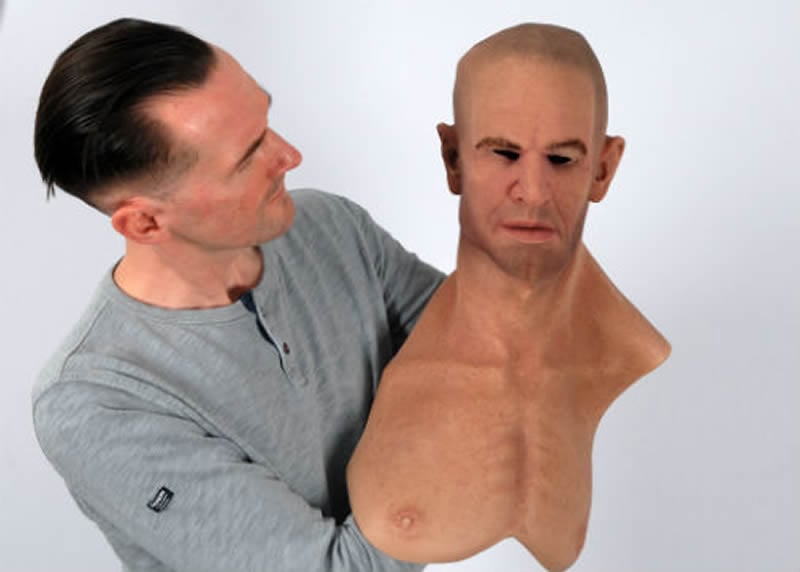Summary: New hyper-realistic masks are so authentic that 20% of the time, people believe they are real faces.
Source: University of York
Some silicone masks are now so realistic they can easily be mistaken for real faces, new research suggests.
Hyper-realistic masks are made from flexible materials such as silicone and are designed to imitate real human faces – down to every last freckle, wrinkle and strand of real human hair.
In a study by the Universities of York and Kyoto, researchers asked participants to look at pairs of photographs and decide which showed a normal face and which showed a person wearing a mask.
Surprisingly, participants made the wrong call in one-in-five cases.
Everyday life
The 20% error rate observed in the study likely underestimates the extent to which people would struggle to tell an artificial face from the real thing outside of the lab, the researchers say
The researchers collected data from participants from both the UK and Japan to establish any differences according to race. When asked to choose between photographs depicting faces of a different race to the trial participant, response times were slower and selections were 5% less accurate.
Dr Rob Jenkins from the Department of Psychology at the University of York, said: “In our study participants had several advantages over ordinary people in everyday life. We made it clear to participants that their task was to identify the mask in each pair of images and we showed them example masks before the test began.
“The real-world error rate is likely to be much higher because many people may not even be aware hyper-realistic masks exist and are unlikely to be looking out for them.”
“The current generation of masks is very realistic indeed with most people struggling to tell an artificial face from the real thing.”
Criminal cases
There are now dozens of criminal cases in which culprits have passed themselves off as people of a different age, race or gender, sending police investigations down the wrong path.

In one recent case, an international gang used a hyper-realistic mask to impersonate a French minister, defrauding business executives out of millions of pounds.
Credit: University of York.
Dr Jet Sanders, who worked on the study while a PhD student at the University of York, said: “Failure to detect synthetic faces may have important implications for security and crime prevention as hyper-realistic masks may allow the key characteristics of a persons’ appearance to be incorrectly identified.
“These masks currently cost around £1000 each and we expect them to become more widely used as advances in manufacturing make them more affordable.”
Source:
University of Yorkr
Media Contacts:
Shelley Hughes – University of York
Image Source:
The image is credited to University of York.
Original Research: Open access
“More human than human: a Turing test for photographed faces”. Rob Jenkins et al.
Cognitive Research: Principles and Implications doi:10.1186/s41235-019-0197-9.
Abstract
More human than human: a Turing test for photographed faces
Background
Recent experimental work has shown that hyper-realistic face masks can pass for real faces during live viewing. However, live viewing embeds the perceptual task (mask detection) in a powerful social context that may influence respondents’ behaviour. To remove this social context, we assessed viewers’ ability to distinguish photos of hyper-realistic masks from photos of real faces in a computerised two-alternative forced choice (2AFC) procedure.
Results
In experiment 1 (N = 120), we observed an error rate of 33% when viewing time was restricted to 500 ms. In experiment 2 (N = 120), we observed an error rate of 20% when viewing time was unlimited. In both experiments we saw a significant performance cost for other-race comparisons relative to own-race comparisons.
Conclusions
We conclude that viewers could not reliably distinguish hyper-realistic face masks from real faces in photographic presentations. As well as its theoretical interest, failure to detect synthetic faces has important implications for security and crime prevention, which often rely on facial appearance and personal identity being related.






